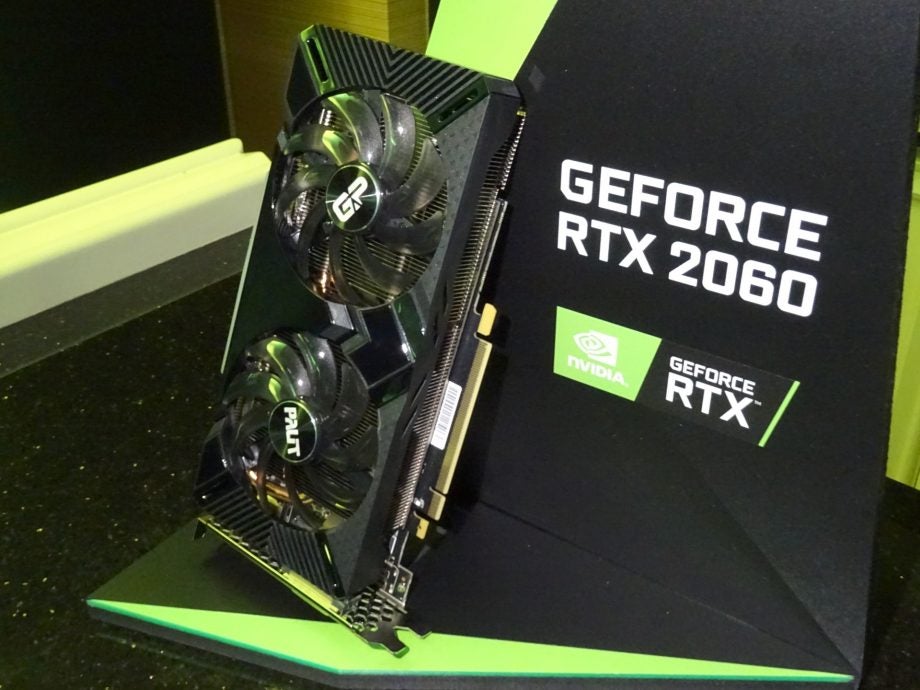Nvidia’s update for G-Sync Compatible FreeSync monitors is available now

Nvidia’s latest GeForce Game Ready driver update will see the G-Sync variable refresh rate software work on selected monitors that use rival AMD’s FreeSync technology.
Both G-Sync and FreeSync fundamentally do the same thing. They work to see the refresh rate of a monitor synchronise with the frame rate that a PC’s GPU supports so that you don’t suffer from screen tearing, which happens when the system outputs more frames per second that the monitor is capable of handling – this is VRR (variable refresh rate).
Related: Nvidia RTX 2060
Historically, Nvidia GPUs will only have worked with monitors featuring Nvidia’s G-Sync tech, and likewise, AMD GPUs would only have worked with displays with AMD’s FreeSync baked in.
Now this is changing, with Nvidia extending an olive branch to those who want to pick up a new RTX 20 Series graphics card, or are still rocking an older GTX 10 Series CPU.
The GeForce Game Ready update (417.71 WHQL) is rolling out now, and if you happen to own any of the 12 monitors that Nvidia has already tested in-house and declared to be ‘G-Sync Compatible’, then VRR should start working as soon as you’ve installed the update. The FreeSync monitors Nvidia has already tested are:
- Acer XFA240
- Acer XG270HU
- Acer XV273K
- Acer XZ321Q
- Agon AG241QG4
- AOC G2590FX
- Asus MG278Q
- Asus VG258Q
- Asus VG278Q
- Asus XG248
- Asus XG258
Nvidia says it’s tested more than 200 monitors for G-Sync compatibility so far, and if your model isn’t in the list above, don’t worry.
The first thing you should do is bookmark this page, which Nvidia will almost certainly keep updating as more and more monitors are deemed ‘G-Sync Compatible’.
You can also try to manually enable G-Sync support if you wish, by going to the Nvidia Control Panel > Display > Set Up G-Sync, checking the ‘Enable G-Sync, G-Sync Compatible’ and ‘Enable settings for the selected display model’ boxes, and hitting Apply.
Related: Best gaming monitor
If these options aren’t available, Nvidia says you can instead go to Manage 3D Settings > Global > Monitor Technology > G-Sync Compatible and hit Apply.
You may also need to change your resolution and play around with resolution and refresh rate settings for this to stick. We’ve yet to try this method out ourselves, but will experiment with some FreeSync monitors connected to our testing rig and let you know how we get on.
How much of a game changer is this for you? Will the absence of G-Sync on a monitor now not be as big a dealbreaker, or will you wait for Nvidia to test and certify a FreeSync display before you throw down? Let us know on Twitter @TrustedReviews.


